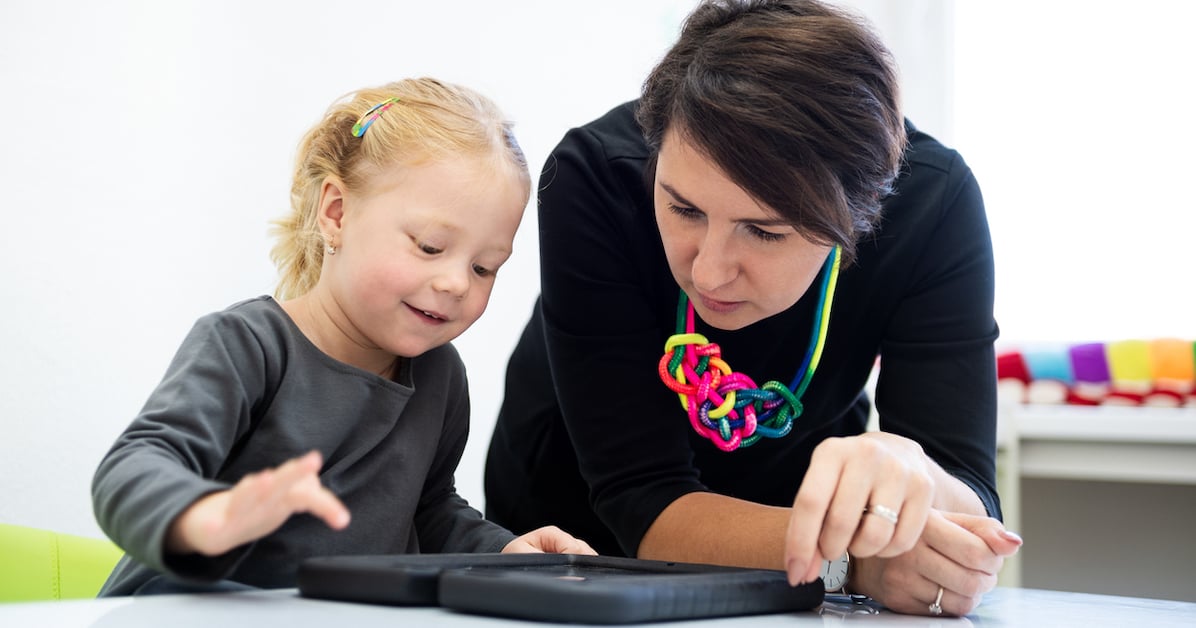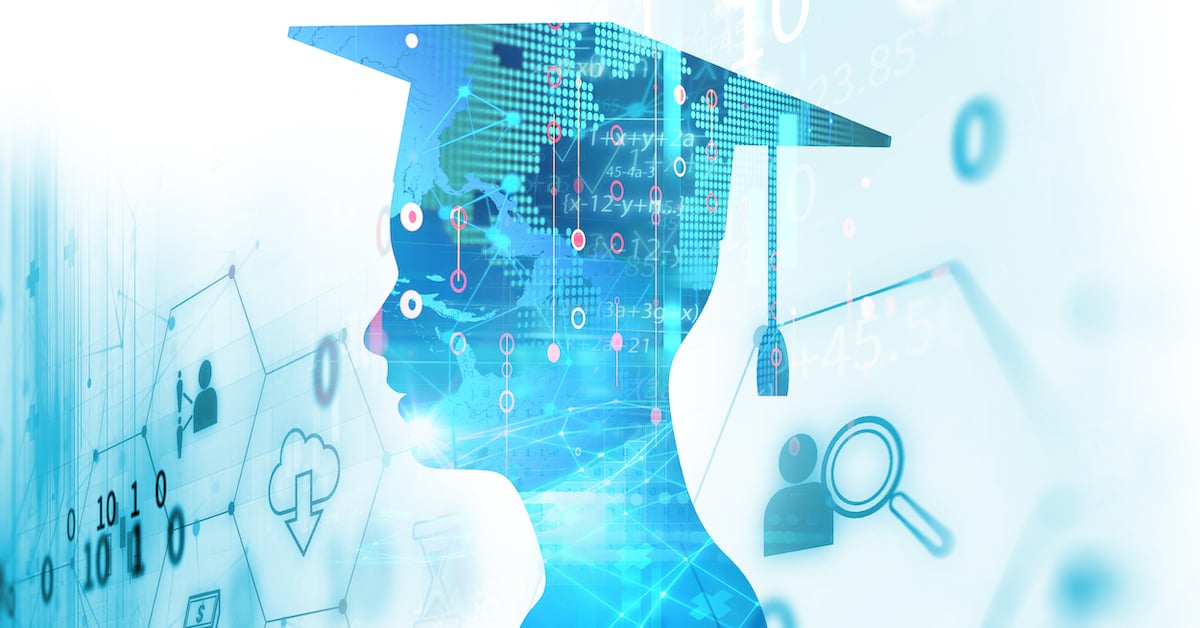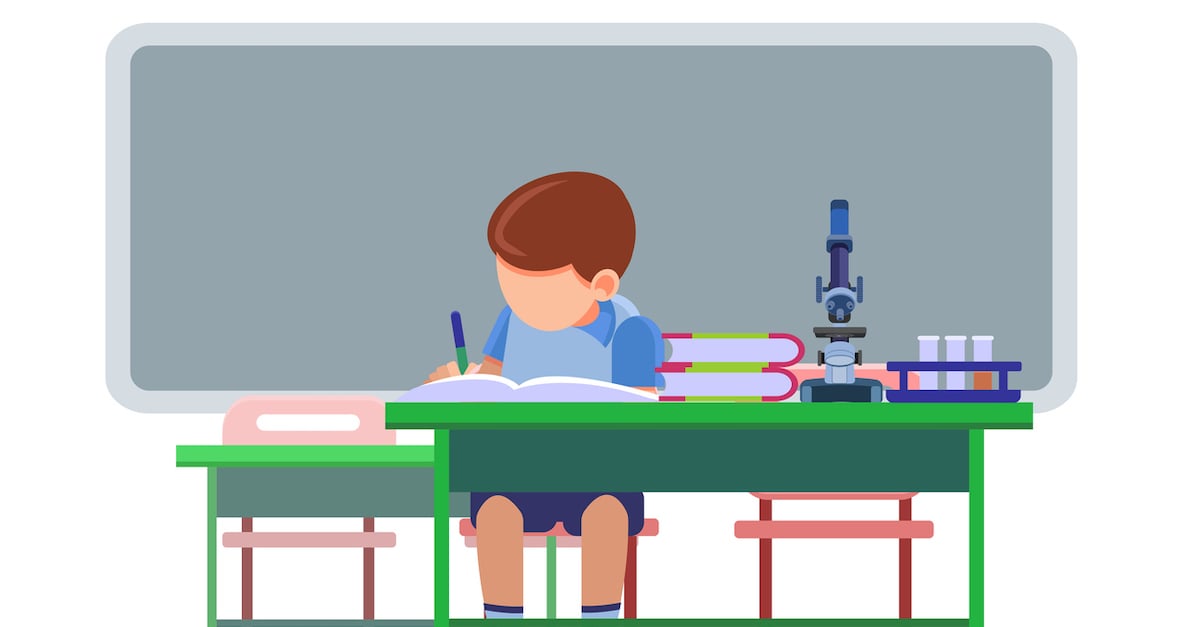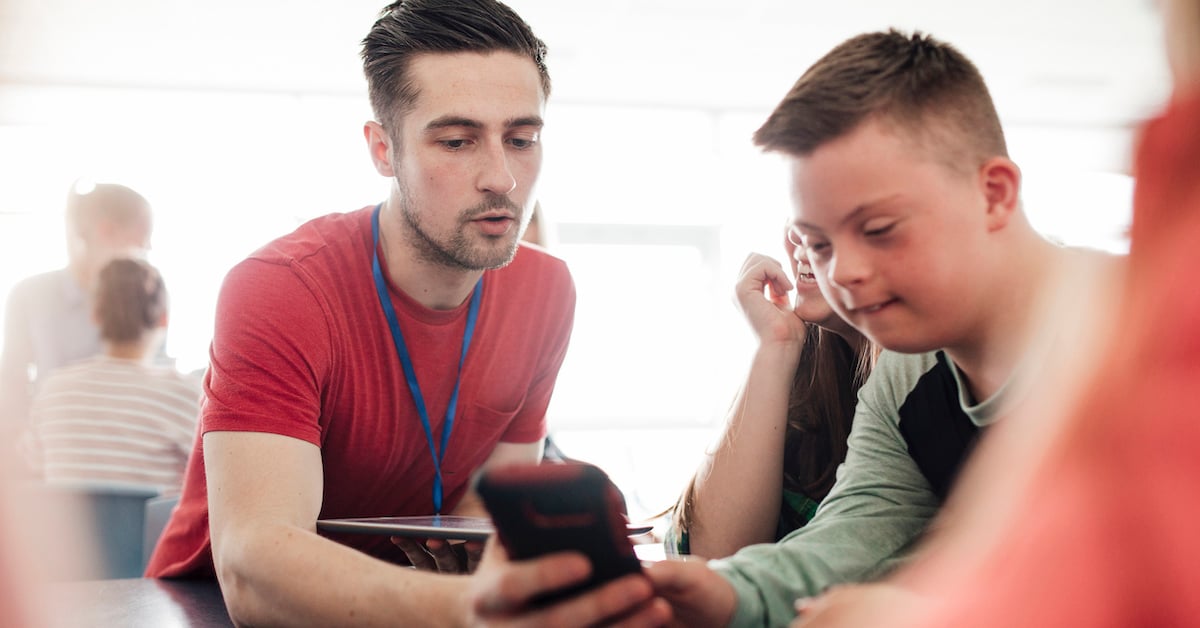
Addressing Learning Disabilities
Today’s educators are far more in-tune with the need to adjust lessons to meet individualized student needs. Addressing learning disabilities is a prime example.
In 2017–18, the number of students ages 3–21 who received special education services under the Individuals with Disabilities Education Act (IDEA) was 7.0 million, or 14 percent of all public school students. Among students receiving special education services, 34 percent had specific learning disabilities.

How AV innovations support Learning Disabilities
While in some instances meeting the need of students with disabilities means leveraging new teaching strategies that align with how an individual student processes information, there are other instances where audiovisual (AV) technologies can play instrumental roles in meeting differing requirements.

Learners with Hearing Impairments
Simply put, students cannot learn if they cannot hear the teacher’s lesson. Adding audio system enhancements such as broadcasting instruction through Bluetooth directly to a student’s hearing aids or using strategically placing wireless speakers can make a significant difference. In fact, it can be the differing factor between a student adequately hearing a lesson or walking away frustrated.
This often means equipping the instructor with a wireless microphone to insure consistent audio collection and transmission.

Learners with Reading and Writing Difficulties
Providing learners with access to personal devices such as connected tablets and interactive whiteboards can play an instrumental role in helping address reading and writing difficulties. Both technologies allow the instructor to individualize what each student sees. This is crucial because it allows a student with a disability to continue learning and working at their own pace rather than feeling left behind because they are having difficulty processing or comprehending a lesson at the same pace as others in the classroom.
Technology alone is not enough, however. There is a dire need to provide the educator with access to dynamic content and highly customizable programs that continue to engage the student while staying in alignment with curriculum requirements.

AV Innovations supporting Developmental/Behavioral disabilities
Refining the engagement process is key to reaching learners who deal with Autism, ADHD and other behavioral disabilities.
Again, tablets and interactive displays are great tools to ensure engagement by providing immersive experiences. While these experiences may differ from others within the classroom, being able to adhere to what keeps a challenged student engaged can both move the student forward without disrupting others.
Content is also very important in this situation. The more a teacher can customize the content to the student’s individual needs the better.
Editorial Team
Electrosonic’s Editorial Team is a group of technology experts who bring specialist knowledge and experience to write with insight on all aspects of technology from strategy to blue-sky concepts, human factors and the importance of professional support throughout the life cycle. They bring a true end-to-end perspective on technology in business.










.jpg?width=1500&height=995&name=ELC501_N17_medium%20(1).jpg)







































































































































































































